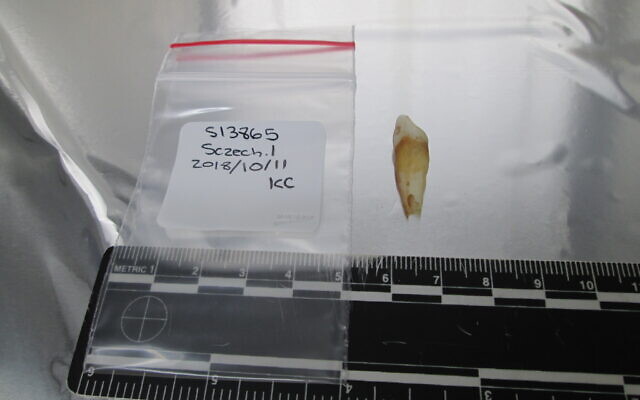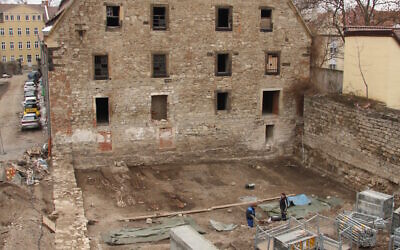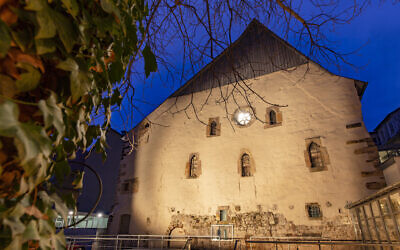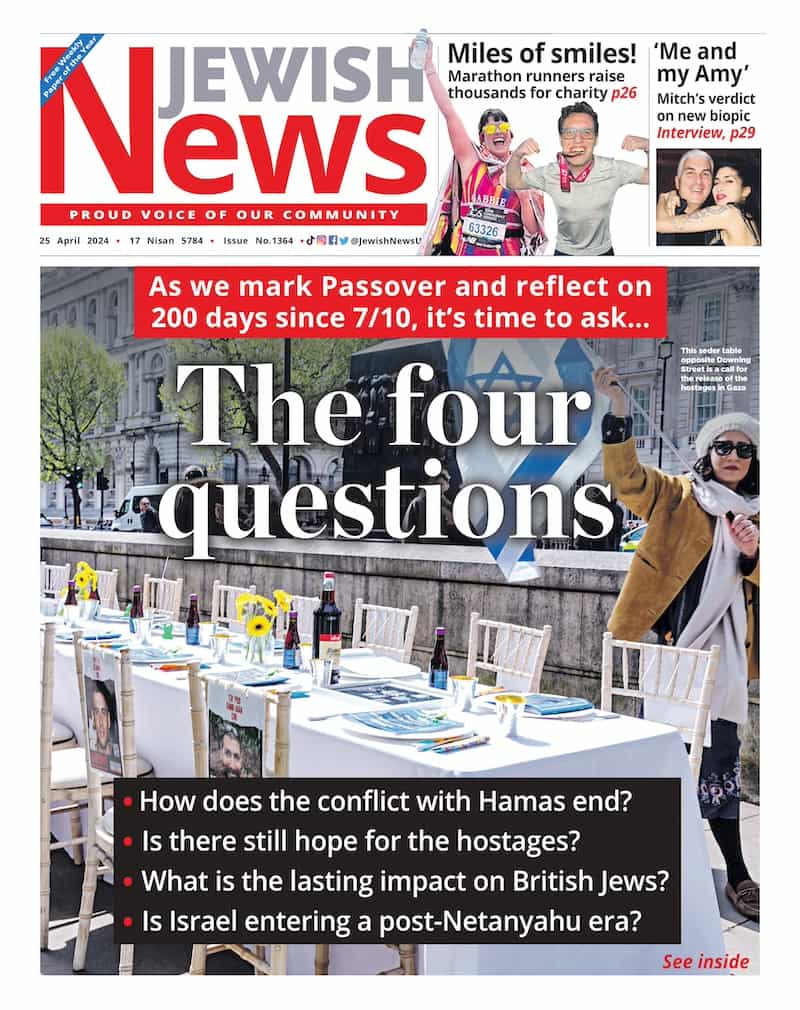Ancient DNA from medieval Germany shows Ashkenazi Jews were more diverse than today
A team of researchers, led by Hebrew University and Harvard, found DNA from Jews who lived more than 600 years ago.

A team of researchers, led by Hebrew University and Harvard, have found DNA evidence revealing that Ashkenazi Jews in Germany some 600 years ago were more genetically diverse than today’s Ashkenazi Jewry.
Since Jewish law prohibits the disturbance of the dead in most circumstances, the research team had to get permission by the German Jewish community to collect detached teeth from remains found in a 14th-century Jewish cemetery in the city of Erfurt.
The team researched DNA of 33 Ashkenazi Jews, finding that the community can be categorised into what appears to be two groups; One relating more to Middle Eastern populations and the other to European populations, possibly including migrants to Erfurt from the East.
The research also suggests that there were at least two genetically distinct groups in Erfurt at the time, a genetic variability that no longer exists in modern Ashkenazi Jews.
“Today, if you compare Ashkenazi Jews from the United States and Israel, they’re very similar genetically, almost like the same population regardless of where they live. Our goal was to fill the gaps in our understanding of Ashkenazi Jewish early history through ancient DNA data,” geneticist and co-author Professor Shai Carmi of the Hebrew University of Jerusalem said.

The research indicate that a third of Erfurt individuals descended from a single woman through their maternal lines, due to the community’s tiny size.
“Jews in Europe were a religious minority that was socially segregated, and they experienced periodic persecution. Our work gives us direct insight into the structure of this community,” Harvard University said.
The Erfurt medieval Jewish community dates back to the period between 11th and 15th centuries. A massacre in 1349 wiped out the Jewish community, but Jews returned to the city five years later where it flourished into one of the largest in Germany.

Following the expulsion of all Jews in 1454, Erfurt built a granary on top of the Jewish cemetery. The city permitted the cemetery’s conversion into a parking lot in 2013, when the granary stood empty. Additional construction and an archaeological rescue excavation were therefore required.
“This work also provides a template for how a co-analysis of modern and ancient DNA data can shed light on the past. Studies like this hold great promise not only for understanding Jewish history, but also that of any population,” sad Prof. David Reich from Harvard University.

Thank you for helping to make Jewish News the leading source of news and opinion for the UK Jewish community. Today we're asking for your invaluable help to continue putting our community first in everything we do.
For as little as £5 a month you can help sustain the vital work we do in celebrating and standing up for Jewish life in Britain.
Jewish News holds our community together and keeps us connected. Like a synagogue, it’s where people turn to feel part of something bigger. It also proudly shows the rest of Britain the vibrancy and rich culture of modern Jewish life.
You can make a quick and easy one-off or monthly contribution of £5, £10, £20 or any other sum you’re comfortable with.
100% of your donation will help us continue celebrating our community, in all its dynamic diversity...
Engaging
Being a community platform means so much more than producing a newspaper and website. One of our proudest roles is media partnering with our invaluable charities to amplify the outstanding work they do to help us all.
Celebrating
There’s no shortage of oys in the world but Jewish News takes every opportunity to celebrate the joys too, through projects like Night of Heroes, 40 Under 40 and other compelling countdowns that make the community kvell with pride.
Pioneering
In the first collaboration between media outlets from different faiths, Jewish News worked with British Muslim TV and Church Times to produce a list of young activists leading the way on interfaith understanding.
Campaigning
Royal Mail issued a stamp honouring Holocaust hero Sir Nicholas Winton after a Jewish News campaign attracted more than 100,000 backers. Jewish Newsalso produces special editions of the paper highlighting pressing issues including mental health and Holocaust remembrance.
Easy access
In an age when news is readily accessible, Jewish News provides high-quality content free online and offline, removing any financial barriers to connecting people.
Voice of our community to wider society
The Jewish News team regularly appears on TV, radio and on the pages of the national press to comment on stories about the Jewish community. Easy access to the paper on the streets of London also means Jewish News provides an invaluable window into the community for the country at large.
We hope you agree all this is worth preserving.





















